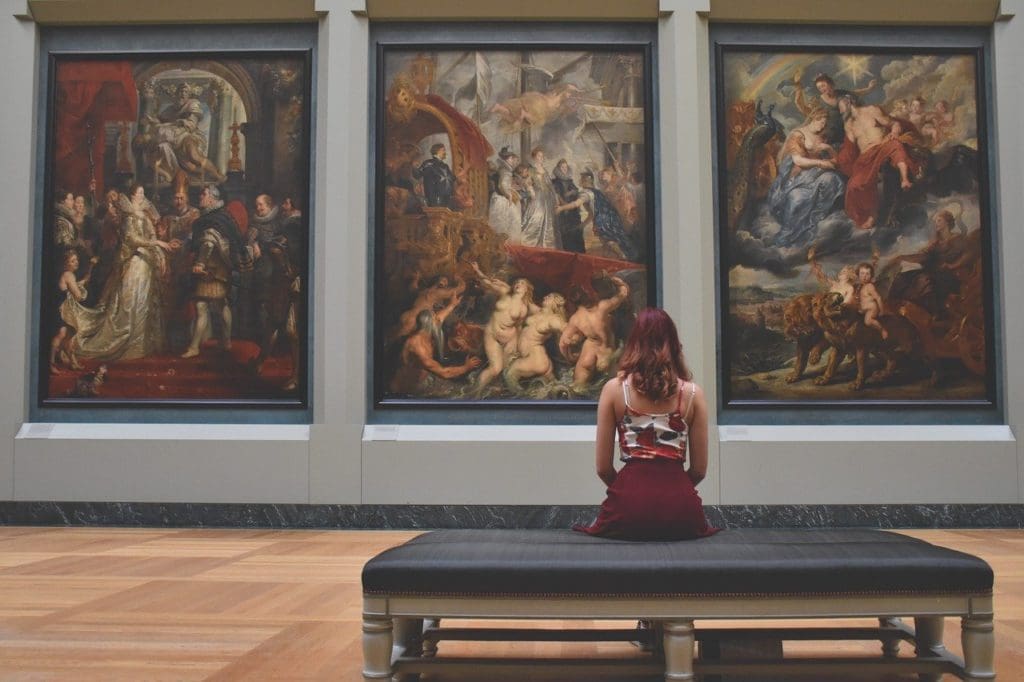
Museums inspire and enlighten visitors in untold numbers of ways. Artworks stimulate our imagination. History arouses curiosity. Beauty makes us feel happy. Visiting a museum lets us learn at our own pace about information that interests us. And sharing that experience with a companion gives us an opportunity to enhance our personal connections as we learn together. Visiting museums while traveling gives us special insight into the culture of our destinations so during your next trip, add one of these outstanding museums in Europe to your itinerary.
17 Outstanding Museums in Europe That You Need to Visit
Paris, France
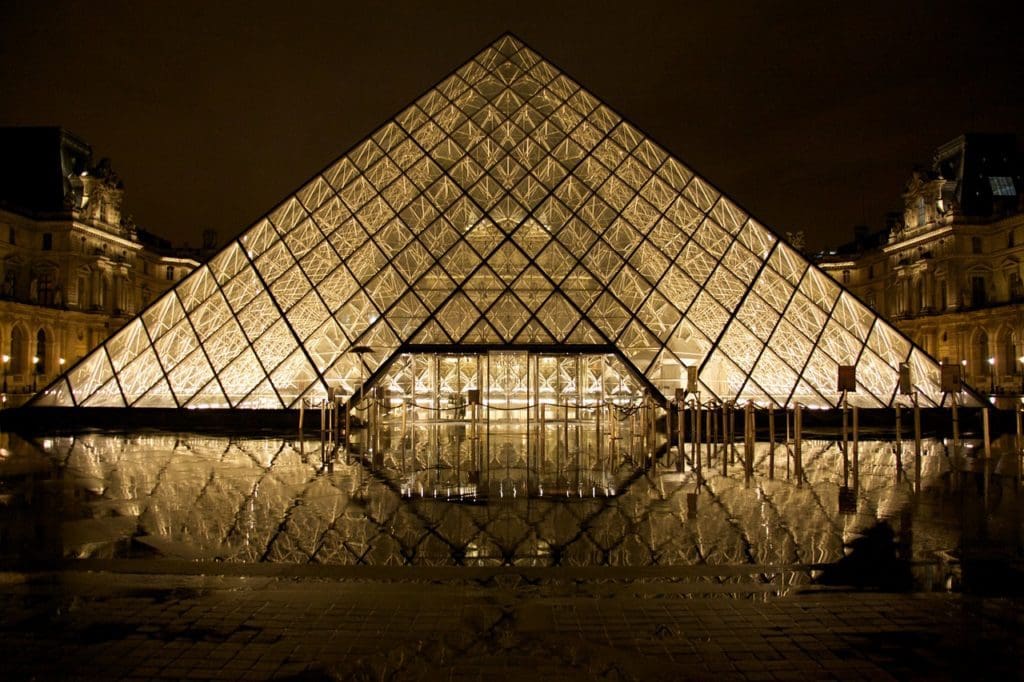
The world-famous Louvre in Paris was originally constructed as a fortress in the 12th-century, then served as a royal palace until it became the world’s largest art museum (in size) in 1793. Louvre remains one of the best museums in Europe and the world. It would take weeks to study all 38,000 works of art, so when you visit, choose your favorite collections (departments are color-coded) and don’t attempt to see it all. Main attractions: Venus de Milo, Winged Victory of Samothrace, and Leonardo da Vinci’s Mona Lisa. Travel Maestro tip: Free admission on the first Saturday of each month from 6 pm to 9:45 pm.
For fans of Impressionist art, Musée d’Orsay, housed in a late 19th-century Beaux-Arts railway station, is a must-see. About 2,000 impressionist and post-impressionist paintings and 600 sculptures from notable artists including Monet, Manet, Degas, Renoir, Cézanne, Seurat, Sisley, Gaugin, and Van Gogh reside there. Main attractions: Whistler’s Mother, Vincent van Gogh’s Self-portrait, and Renoir’s Dance in the Country. Travel Maestro tip: Free admission on the first Sunday of the month and always free for visitors under 18. Consider a joint ticket that includes d’Orsay and l’Orangerie or the Musée Rodin.
London, England
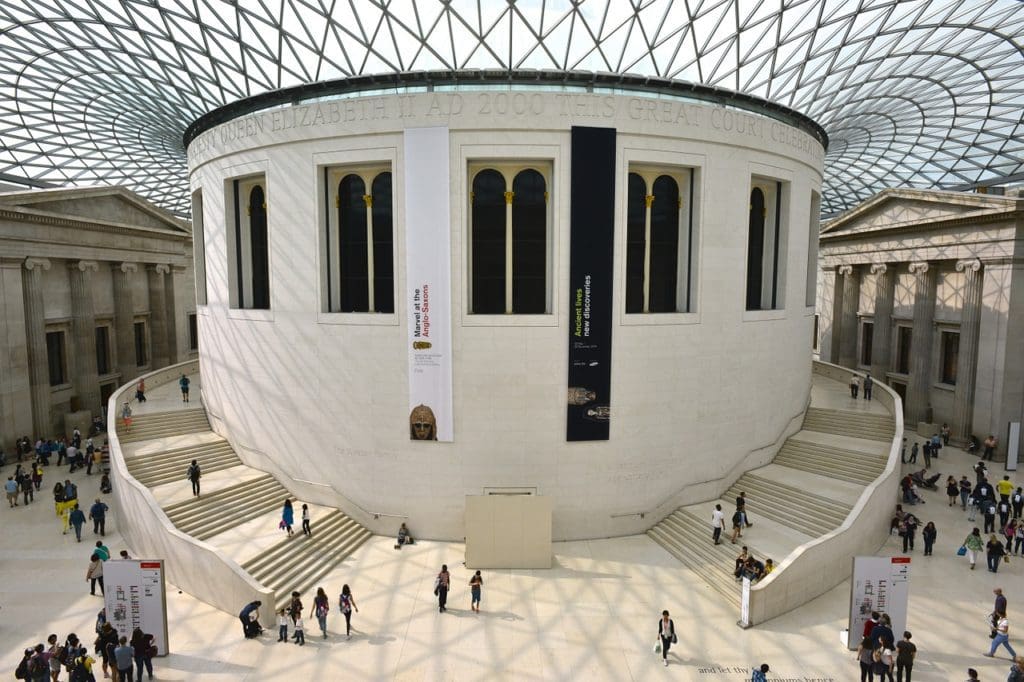
The first national museum in the world was the British Museum, established in 1753 when physician Sir Hans Sloane bequeathed his collection of 71,000 items to the nation. It’s a public institution (free admission) dedicated to human history with a permanent collection of eight million works. Main attractions: The bilingual text Rosetta Stone, carved in 196 BC, as well as the finest collection of Egyptian antiquities outside of Egypt. The museum also contains the Elgin Marbles, a collection of Classical Greek sculptures from the Parthenon and Acropolis of Athens. Travel Maestro tip: Although museum admission is always free, if you’re pressed for time, consider a £14 advance ticket for ‘Around the World in 90 Minutes’ on Fridays through Sundays. A guided tour will lead you through the highlights and some lesser-known marvels.
London has no shortage of other excellent museums. You might also consider the very popular Tate Modern in its stunningly massive venue (a former power station); National Gallery, a treasure house of works by famous artists; Churchill War Rooms, preserved to look just as they did during World War II; and The Wallace Collection a premier family collection of master artworks displayed in an intimate setting.
Travel Maestro tip: Kids will love the London Transport Museum, with full-scale models and interactive displays of the Tube, trains, and double-decker buses; Natural History Museum, with an extensive dinosaur collection, including a life-size animatronic T. Rex; and Science Museum with interactive displays, motion-ride simulators, and an IMAX cinema.
This wonderful video created by the Greater Philadelphia Cultural Alliance and the American Association of Museums expresses the warm-fuzzies people get from visiting museums.
Amsterdam, Netherlands
Rijksmuseum is a vast complex that houses many of the Dutch masters’ works from the Middle Ages to the present. Since July 2019, Operation Night Watch has been a major restoration project on one of the museum’s main attractions, Rembrandt’s Night Watch. All work is carried out in a specially designed glass chamber so visitors can see the painstaking work as it happens.
Vincent Van Gogh was a prolific Dutch artist, producing nearly 900 paintings and 1,100 drawings in his lifetime. The Van Gogh Museum houses the world’s largest collection of his works, as well as work from his contemporaries including Monet, Toulouse-Lautrec, and Gauguin. Famous works: many, including Sunflowers. Travel Maestro tip: Van Gogh, who took his own life, ironically wrote that Sunflowers was an expression of his gratitude. His intention was to make art that offers solace to troubled hearts.
Italy
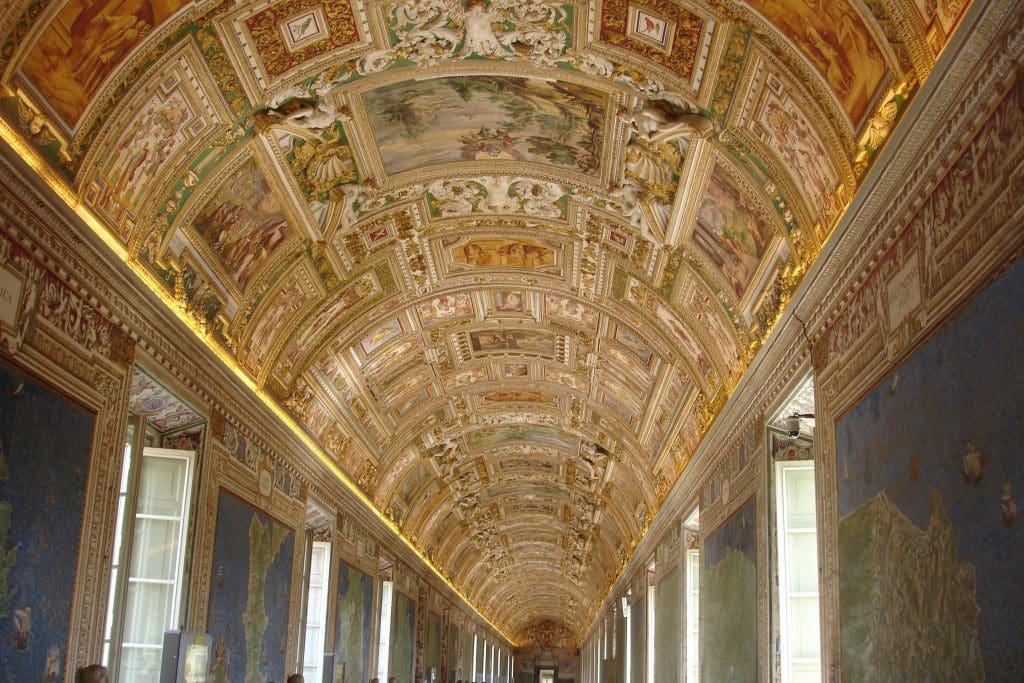
The Vatican Museums in Vatican City contains an extensive collection of sculpture, paintings, frescoes, chapels, and the Basilica. There are 22 separate galleries and period rooms exhibiting some of the finest works ever created. For many, it is the most awe-inspiring museum in Europe. Main attractions: The world-famous Sistine Chapel painted by Michelangelo is the big draw, but barely overshadows the splendid frescoes of the Raphael Rooms or the classical Roman sculptures in the Museo Pio-Clementino. Travel Maestro tip: The collections are so huge and spread out that you can’t see it all in one visit. Avoid the always-massive lines and crowds by arranging a private tour that will show you the most famous areas of the amazing collections after-hours, without being jostled and hurried.
In Florence, the powerful Medici dynasty curated an incredible private art collection through their wealth and prestige. In the early 18th-century, the last of the family bestowed the entire collection upon the citizens of Florence and created the Uffizi Gallery. This is arguably the greatest collection of Italian Renaissance paintings and sculptures in the world. Main attractions: the Botticelli rooms – Spring and The Birth of Venus are breathtaking. Travel Maestro tip: The terrace cafe atop the Loggia della Signoria affords wonderful views of the Piazza della Signoria, the Palazzo Vecchio, and the town of Fiesole on the horizon.
Madrid, Spain
Museo Nacional del Prado is Spain’s national museum, housing the finest works acquired by the Spanish royals. Main attractions: Velazquez’s Las Meninas, El Greco’s The Nobleman with his Hand on his Chest, Bosch’s The Garden of Earthly Delights, Durer’s Adam and Eve and Goya’s two Majas (nude and clothed).
Along with the Prado, the Reina Sofia (contemporary art) and the Thyssen-Bornemisza (impressionist, expressionist, abstract and pop art) are the “Big Three” museums located in the area known as the “Golden Triangle of Art” Travel Maestro tip: If you plan to see all three, consider a Paseo del Arte Pass which gives one time access to each and allows you to skip the lines.
Any of these magnificent museums in Europe are worth a trip in their own right. Let us help you arrange your next trip to Europe to include one of them.

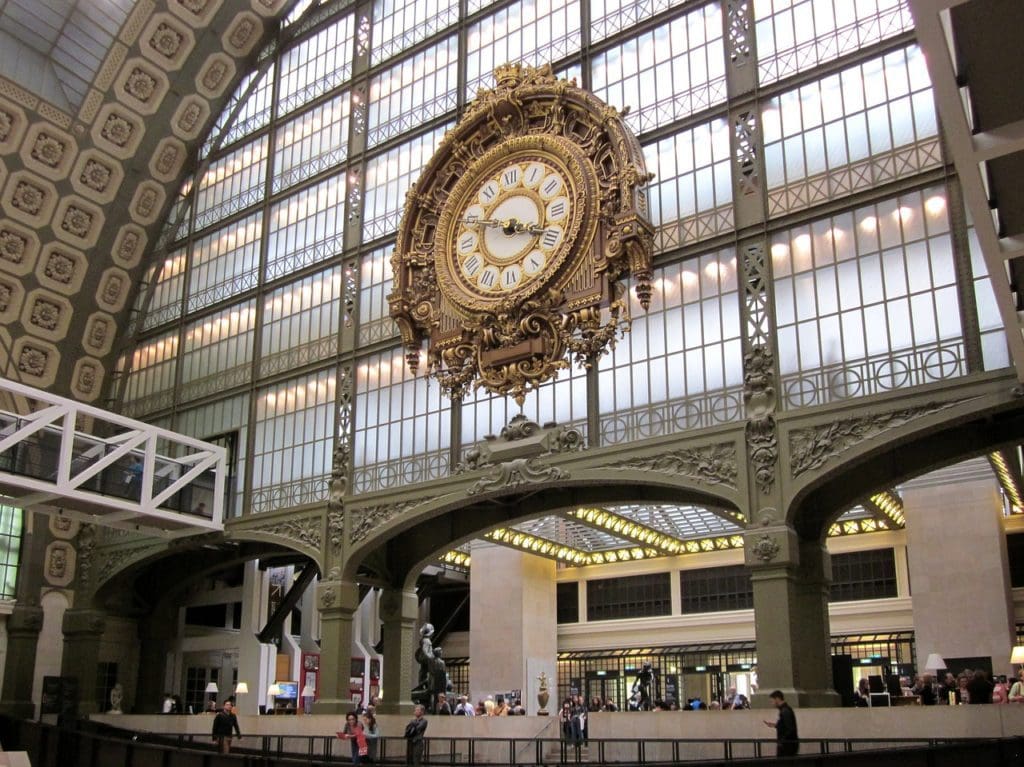
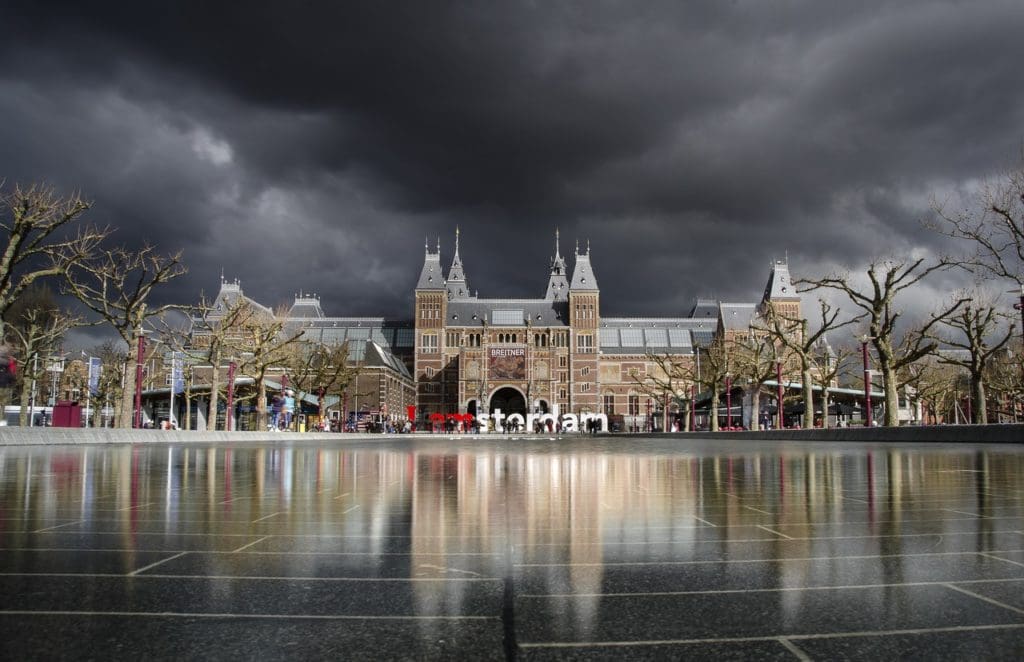
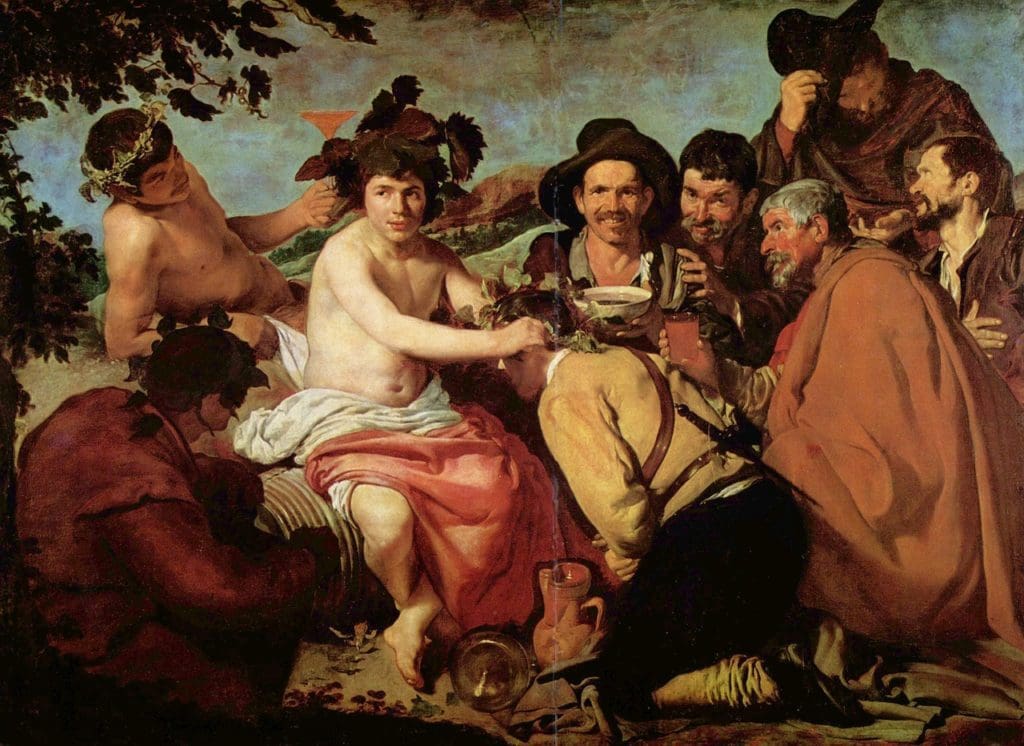






Leave a Reply